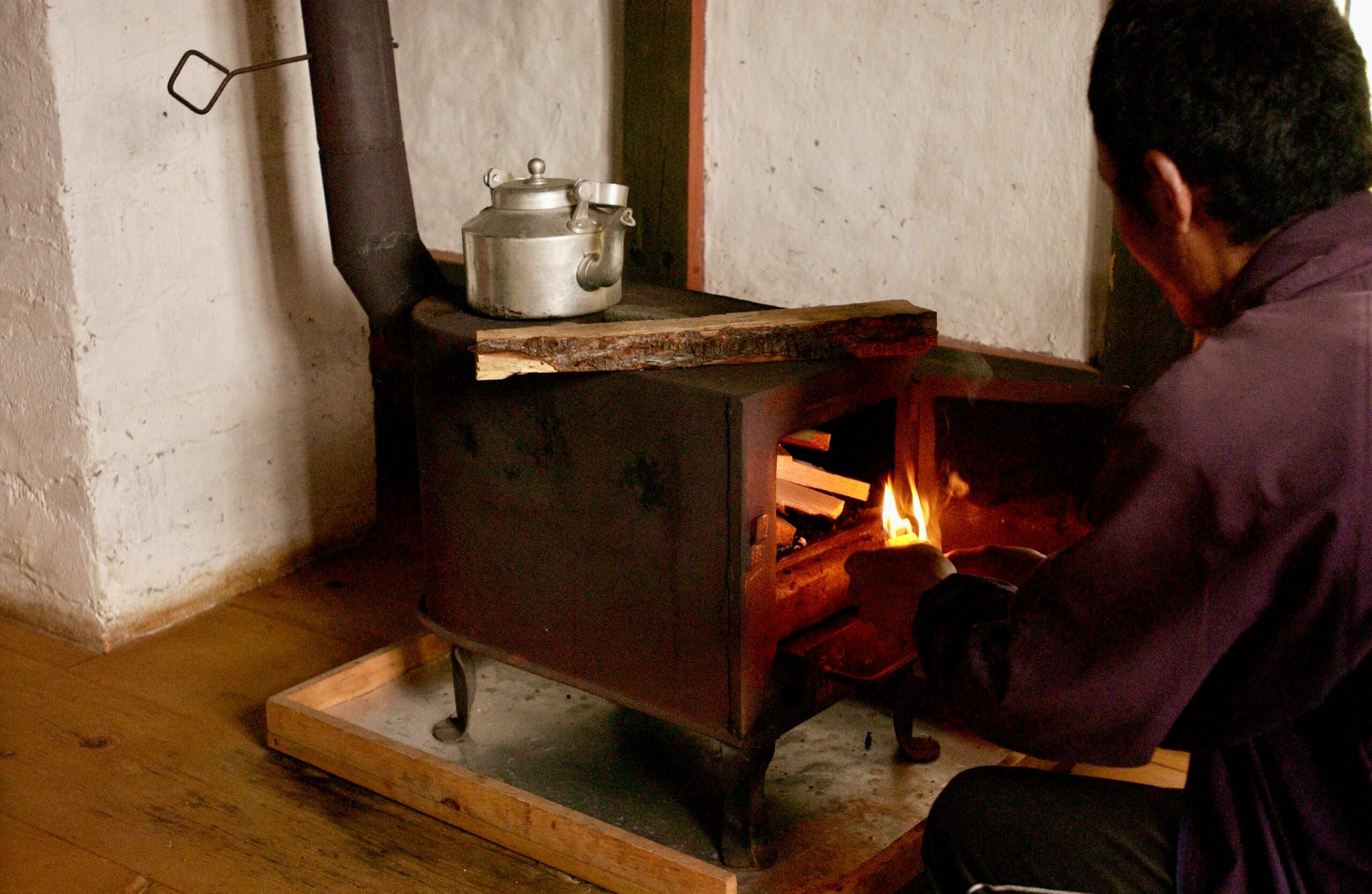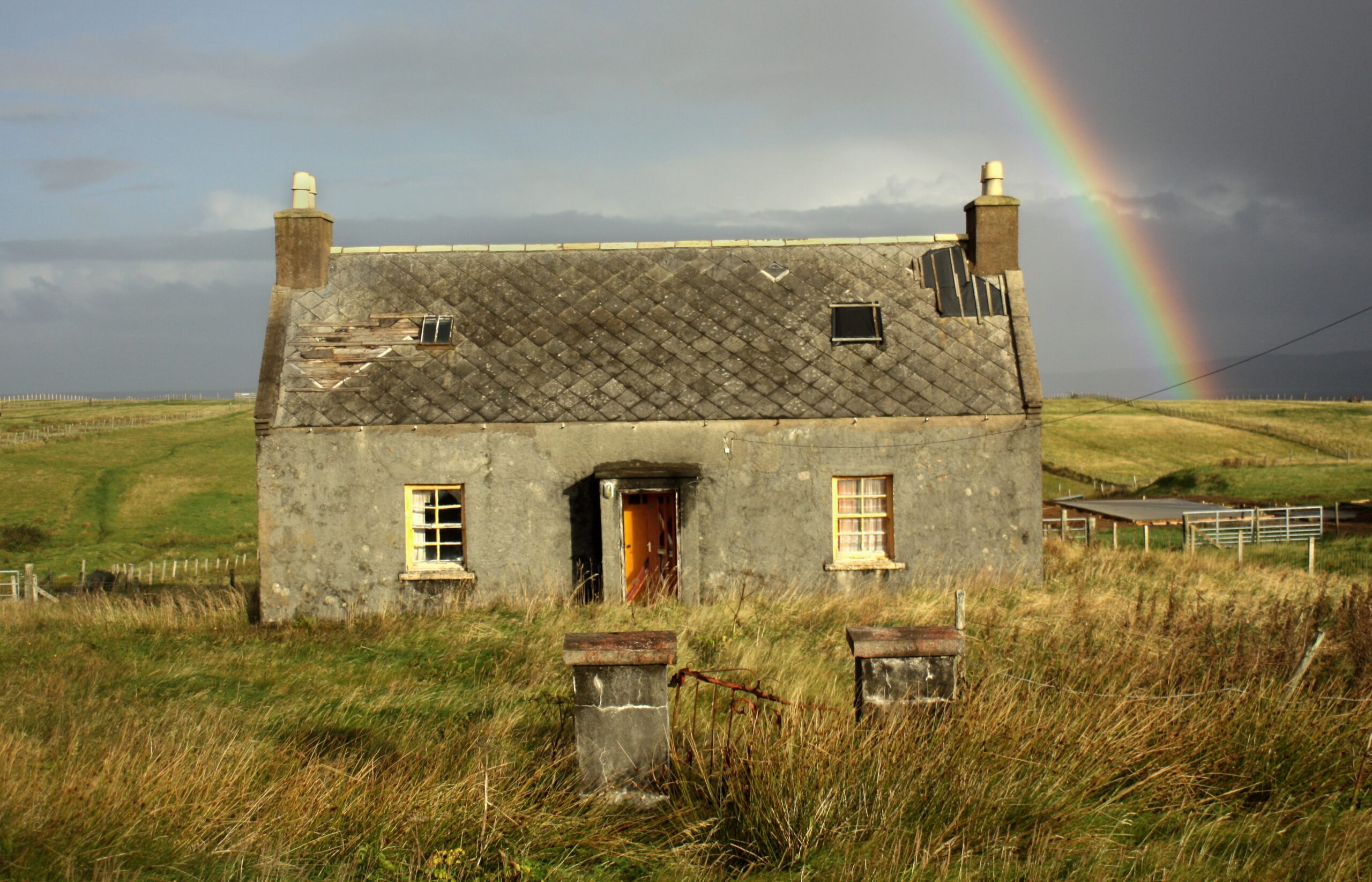buildings
THE BIGGER PICTURE
Our full report below briefly outlines all of the issues at hand, and suggests ways that we might best improve our buildings to be more sustainable, less wasteful, and ultimately more comfortable.
Links from the report will take you to further detailed reports, that can also be accessed from the menu here:
ZCSP Buildings – Commercial Properties
ZCSP Buildings – Health Sector
ZCSP Buildings – Heat networks
ZCSP Buildings – Retrofit Report
ZCSP Buildings – Smart Controls
CURRENT SITUATION
Building’s energy use causes 40% of global carbon emissions – although greener forms of energy are on the rise, the vast majority of energy for buildings is still produced from carbon intensive fuels such as gas, oil, and coal, and even with de-carbonised energy there will still be a requirement to significantly reduce demand.
 The building stock in the United Kingdom is amongst the least energy efficient in Europe and largely rural Shropshire’s beautiful old buildings are amongst the least energy efficient in the UK. Please see the Overview document here, which also contains further links to sector specific data.
The building stock in the United Kingdom is amongst the least energy efficient in Europe and largely rural Shropshire’s beautiful old buildings are amongst the least energy efficient in the UK. Please see the Overview document here, which also contains further links to sector specific data.
Embodied energy within new buildings is an important consideration – it is responsible for 11% of annual global emissions and 28% of building sector emissions. As we build better and refurbish, the impact of the embodied carbon in building materials will become increasingly significant – crucially, we must eliminate embodied carbon emissions by 2040. (1)
Products with high carbon footprints such as concrete (which is responsible for 8% of global GHG emissions (2)) are absolutely necessary in certain applications, but in many others they have become ubiquitous out of laziness and because they are cheap. Most buildings are also built with petrochemical insulation products that may do the job that they are intended to do very well, but they fail to do a number of other things that other materials are able to do that would lead to better, healthier buildings. Materials Report
On top of this, many planners and house builders are obsessed with a certain vernacular which manifests currently as archaic brick and block with insulated cavity, or perhaps low-carbon timber frame construction with high-carbon brick finish complete with plastic brick-effect ‘chimney’. These factors are seldom considered. Planning System Report
Heating homes however is the main cause of emissions and the key target for carbon reduction in the sector. Although Building Regulations have improved, they are short of producing ‘carbon neutral’ buildings, and irrespective of design standards widespread ‘short-cutting’ during the construction process and a focus on speed over quality results in many sub-standard buildings. Housing Report
Crucially however, 80% of buildings in use in 2030 will predate modern standards and produce the vast majority of carbon emissions, whilst exacerbating issues of fuel poverty. Comprehensive and appropriate retrofitting of these existing buildings is vital but currently only done piecemeal by the environment-conscious. Carbon Retrofit Report
Non-Residential buildings on average are 40% more energy intensive than residential, with gas consumption for heating representing the highest share. Offices, retail space, hospitality, and industrial buildings account for around 80% of private sector commercial buildings energy demand, and around half of this is in the rented sector. Commercial Buildings Report
Usage of our commercial and retail buildings is currently in great flux and this provides a unique opportunity for widespread efficiency improvements in material as well as operational terms.
In 2019 Shropshire Council declared a Climate Emergency, and commissioned an internal report: Building Energy Efficiency – Operational Improvements Towards Zero Carbon Shropshire. The Council knows it should do more, but it must push the agenda aggressively and this is yet to be seen. There are however many great examples of Councils, Housing Associations, and private developers who have are are advancing best practice. Education Buildings Report and Health Sector Buildings Report
A decade of cuts to local authorities and grant schemes plus scrapping of the Code for Sustainable Homes has stalled an eco-building industry that had been gaining real ground. As a region, Shropshire appears to be well behind many others in any planned move to a low carbon economy.
SHARED 2030 VISION
Investment in grid decarbonisation, energy storage, and energy efficiency will slash emissions nationally, and substantial building refurbishment and creative building re-use coupled with technology innovations will see towns and communities benefit in environmental, economic, and health terms.
Shropshire must embrace the green revolution, and create local opportunities through large and small-scale innovative domestic and commercial new-build and retrofit projects. Re-energised Local Authorities share best practice and ensure the full take-up of energy efficiency financial incentives.
Empowering and engaging communities through information, education and training in private and public sectors will increase demand for quality, intelligent, energy-efficient buildings, and provide the skills to deliver them.
New places are planned and built to be connected by green corridors, where the most natural thing to do is to walk or cycle – improving health and reducing car use by design. The One Scheme Project
An integrated picture of, smart energy, zero-carbon networks, and Industry 4.0 (cyber-physical systems, the internet of things and cloud computing) will bridge the physical and digital worlds and ensure that we design, build, refurbish, and use our buildings in the best way possible. Smart Controls Report
All profligate consumption is ended, efficiency is championed, and waste is rigorously avoided.
CONCLUSIONS SO FAR
We have the ability and technology to build and retrofit very energy efficient buildings, but there is a vital need to raise awareness and demand, and to increase the availability of expertise.
Whether new-build or retrofit, the UK construction industry has adopted a design-for-compliance approach which has led to performance gaps between intent and performance – this requires a serious overhaul.
Across all sectors new evolving smart control technologies have the potential to significantly reduce energy use, but their use is fragmented with stand-alone measurement and visualisation of energy consumption.
Shropshire Local authorities are lagging behind but there is intent and a plethora of good examples from other LAs to learn from.
New Building standards need to be enhanced – and adhered to. Planning must set rigid and forward-thinking standards for new developments, and enforce those standards.
The power of the Big Developers must be diluted, with small-scale and self-build developments better enabled by Local Authorities since they have the potential to challenge the vernacular and change demand – more competition results in more interesting fabric, better build quality, and local economy benefits (eg Cherry Orchard, Shrewsbury).
Whilst very special buildings need to be protected, Planning must also learn not to be too sentimental about other aspects of our built environment – some of those brick facades will need to be rendered, and even Georgian buildings deserve double glazing … Planning System Report
There are opportunities and funding mechanisms for energy reduction in the domestic as well as commercial and public sectors, although they are currently under utilised locally. Carbon Retrofit Report
Many small-scale refurbishment and extension projects have the potential to drastically improve building emissions, but small-scale builders generally do what they know – there is a skills/knowledge gap, and a great opportunity for professional development.
There is a growing awareness of local low carbon heat networks, which need to be evaluated.
A comprehensive approach to smart controls is required to provide the real-time data needed to engage building users, improve performance, and inform future design. Smart Controls Report
STRATEGIES
Raise awareness of and demand for energy efficient buildings through all available channels. Consider recruiting a well-known public figure, or employing ‘Champions’.
Devise a new system to accurately measure and rate the operational efficiency of buildings for both the domestic and commercial markets.
Enhance and enforce the Shropshire planning process, ALL applications must include a robust carbon impact assessment. Planning officers must be trained to identify opportunities for energy efficiency.
Re-evaluate building utilisation, particularly retail and office space, and our town centres.
Improve poorly performing rented accommodation (D and below) before allowing to be re-let.
Improve poorly performing buildings for sale or penalise as a percentage of value.
Shropshire’s public sector to divest itself of property performing below a DEC B rating as part of the shift to home working and reduced demand for office space.
Offer poorly performing public sector buildings energy audits and advice, and then penalise if they are not improved year on year.
Shropshire further education colleges to focus on major new green apprenticeship and job creation schemes to close the future skills gap.
RECOMMENDATIONS – A TEN POINT ACTION PLAN
1 Increase public pressure on Councils and developers to demand better buildings. Adopt/promote a design-led approach for all new build and retrofit to minimise the need for heating and cooling. Embed carbon reduction into all development policies such as The Big Town Plan and ingrain smart controls.
2 Adopt the most forward-thinking measurement tools, rigorous build standards, and appropriate materials across the board. Include embodied energy figures.
3 Increase energy and funding advice – create a dedicated team to identify innovative new funding models and relentlessly promote all available sources of funding, such as SALIX or Green Homes Grant etc.
4 Promote local low-carbon technology businesses with an emphasis on retro-fit and promote retrofit apprenticeships/job creation/up-skilling in the local construction industry working in an integrated way with Higher Education.
5 Promote small-scale developments by more small/local companies.
6 Ensure poorly performing rented accommodation is improved before re-let. Establish a local regulation mechanism by which the worst performing private/commercial buildings might be penalised.
7 Undertake detailed energy audits of all public sector buildings with exacting timetables of retrofit where applicable, or make hard decisions about replacing buildings where not. Rapid phase-out of all non-LED lighting in all public sector buildings and spaces, to be replaced by 2023 funded by SALIX and SEPuBu followed by building envelope and building controls upgrades.
8 The CCG must ensure that the refurbished and new hospital buildings planned for Shropshire (Future Fit project) be designed to be carbon negative, and be offered as a benchmark to all new large developments. The new Council offices must also be planned to be a carbon negative showcase.
9 Instigate the development of a county wide energy map to highlight areas of maximum opportunity for low carbon development and with central Government support evaluate and develop local low carbon heat network opportunities. Heat Networks Report
10 Monitor independently and publish progress annually and ensure Shropshire moves up the league table of green, low carbon regions.

